#guide book
Explore tagged Tumblr posts
Text

Here's my gift to true MetalGearSolid fans: a full scan of "Metal Gear Solid The Twin Snakes Survival Guide In The Darkness of Shadow Moses", published in Japan in 2004. It is one of the most unique videogame guidebooks ever created. See more of this post to find out why.


This book comes in an unusually narrow format which made it particularly difficult to scan, namely due to the miniscule page margins. If someone is able to achieve better results with a flatbed scanner, they have my instant respect.

The second and perhaps the most remarkable aspect of all is that this guidebook to the Gamecube remake of Metal Gear Solid was edited by Kazutoshi Iida, the game designer behind Doshin The Giant, Tail of the Sun and Aquanaut's Holiday.

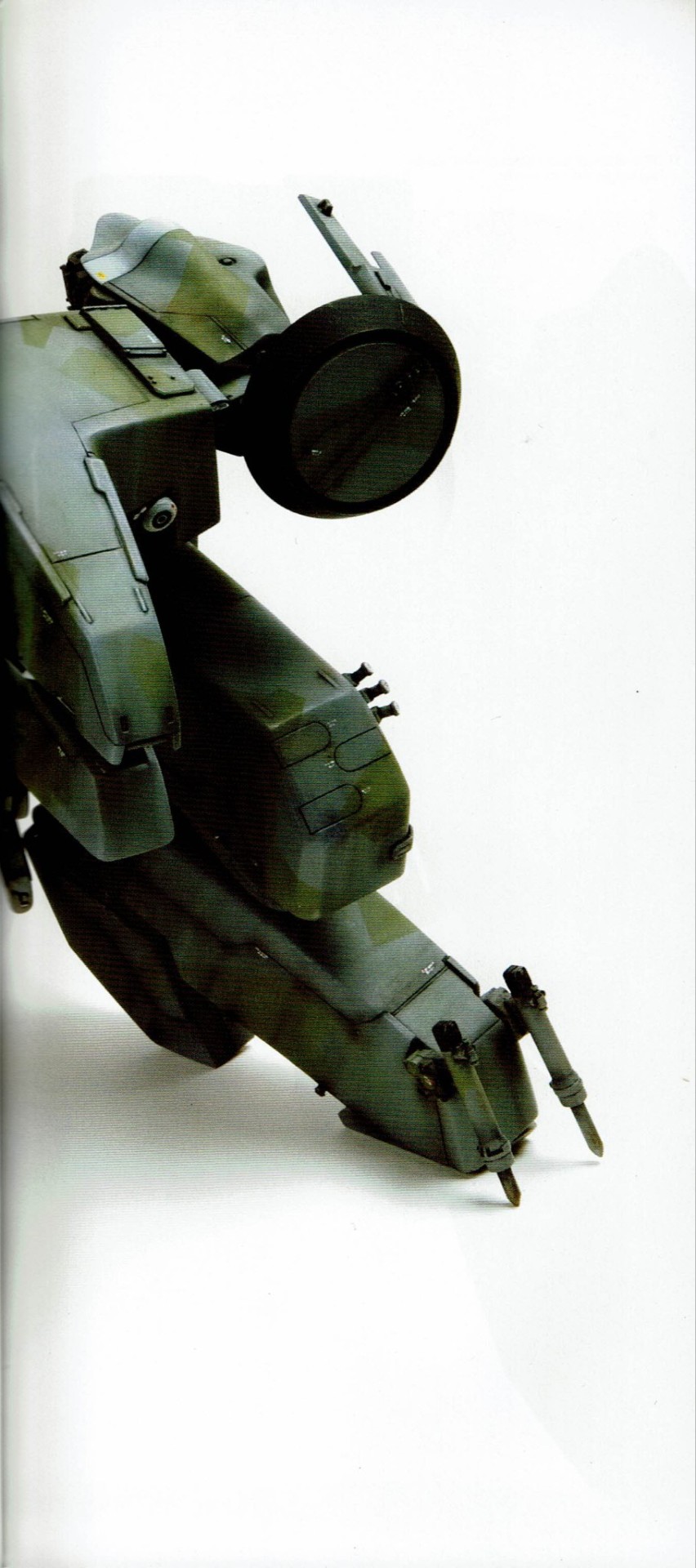
The book includes interviews with military advisor Motosada Mouri, real-time demo director Ryuhei Kitamura, developer Dennis Dyack, as well as a conversation between Iida and Kojima that I have translated recently:
https://archive.org/details/mgs-the-twin-snakes-survival-guide-interview-translation_202506/page/n10/mode/1up

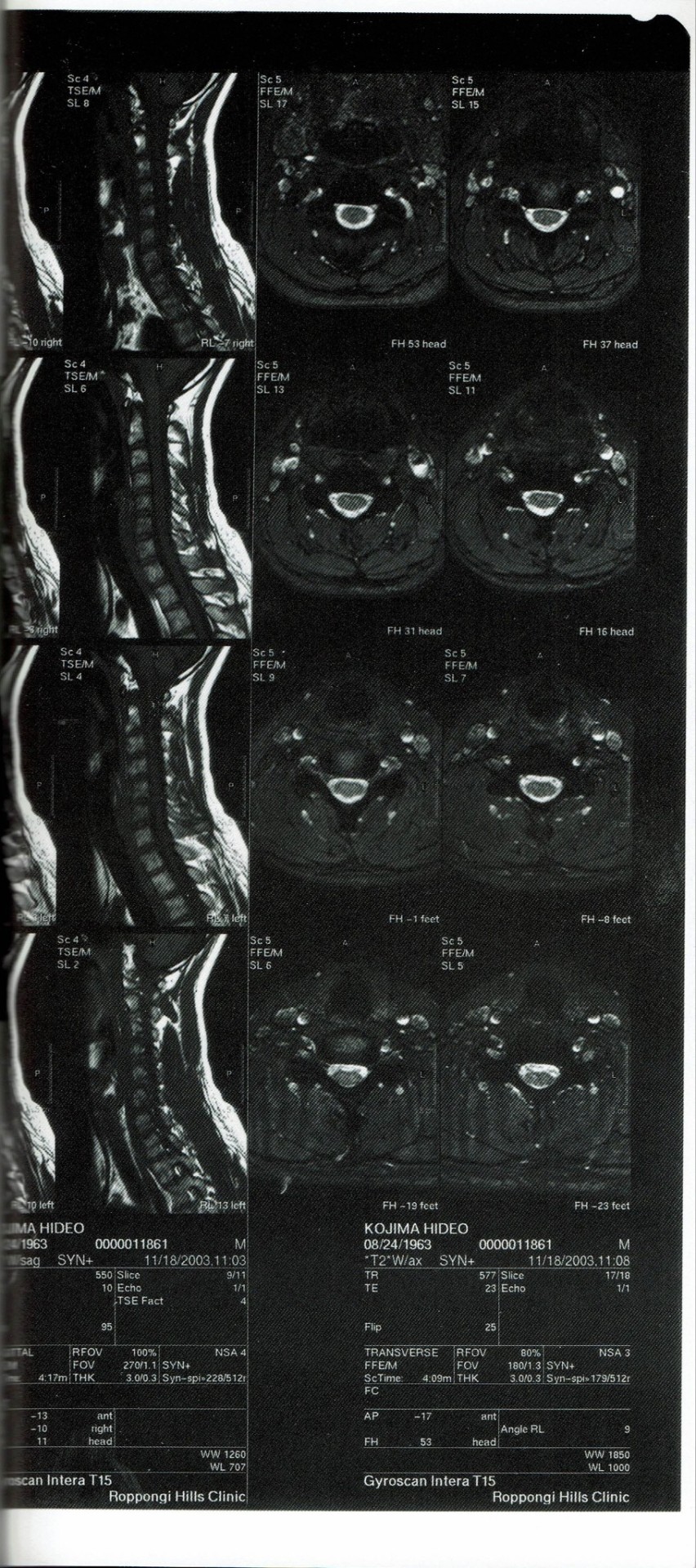
It also includes a very unique biography of Hideo Kojima which is provocatively illustrated with CT scans that he performed at Roppongi Hills clinic. Yes, these are actual scans of Kojima's brain.
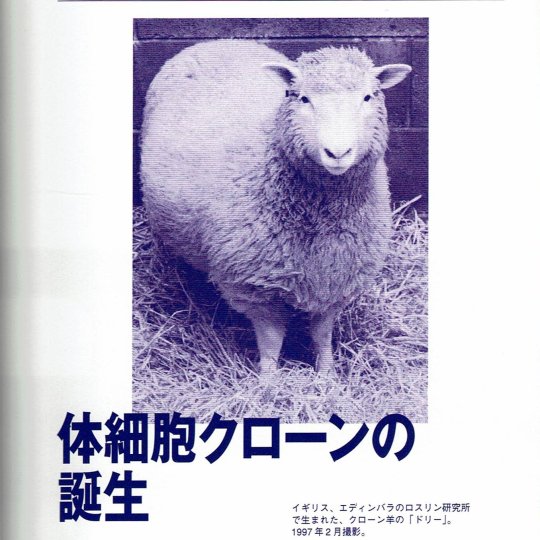
If anyone is interested in taking on the task of translating this book to English, I can provide higher quality scans of the material.
#metal gear solid#the twin snakes#survival book#guide book#full scan#japanese#2004#hideo kojima#kazutoshi iida#biography#interview#gamecube#dennis dyack
145 notes
·
View notes
Text



1983 Tokyo Disneyland guide
#tokyo disneyland#japan#1983#1980s#map#guide#guidebook#guide book#vintage#disney#vintage disney#vintage disneyland#disneyland
73 notes
·
View notes
Text
Hmh whatever, go, my two sea creature children 🤬🤬 Sharing my favourite PaRappa OCs (Oh, and also Hairdresser Octopus art because he's their boss and I love him alot I'm so angry grrr) because they have the most content that it's devastating for my other characters 💔 So this is Charcoal and Takumi-Ebi (I prefer that over Artisan Shrimp omg)
For like an English translation on the guidebook page (SHH I KNOW THERES PAGE 82 AND MORE IN THE ACTUAL THING😭😭):
"Squeaky Clean Friends! (Staff)
"Sweep-sweep, Scrub-Scrub! In the middle of working hours and at the end of the day, Takoyama-san's (Hairdresser Octopus, but it's directly translated from text) staff members scurry around catching every bit of hair and grime top to bottom from each chair, table, tool, EVERYTHING! Other than cleaning, Charcoal loves to rinse people's hair, and sometimes they give them head massages in secret. It's kind of cute, isn't it? Takumi-Ebi comes around to style customer's hair alongside Takoyama-san when the job gets a bit too busy, but in his head, all he wants to do is finish his unfinished sculptures. Even though the two young workers' personalities have differences from each other and especially their boss, they still get along well, occasionally going out together for lunch or to hang out."" Takoyama-san looks confused! Is he feeling quite emotional?" EWWW YAPPING UGH EXPLODE ME ts is not tuff 🤬










#parappa the rapper#ocs#oc art#fanmade#fanart#parappa oc#parappa 2#guide book#idk#idk what else to tag
27 notes
·
View notes
Text

Vermis by Plastiboo
Reading this for a second time, instant classic.
Which side would you choose?
#art#Plastiboo#Vermis#Guide Book#art book#dungeons and dragons#rpg#video games#books#Vermis I#good#evil#Hollow Press#D&D
109 notes
·
View notes
Text

Tokidoki Bosotto Russia-go de Dereru Tonari no Alya-san (Alya Sometimes Hides Her Feelings in Russian) - Anime Guide Book Cover Illustration. Release: 26 May 2025
#roshidere#tokidoki bosotto russia go de dereru tonari no alya san#alya sometimes hides her feelings in russian#alisa mikhailovna kujou#guide book#official art#anime
38 notes
·
View notes
Text

Visit to a Museum
Artist: Edgar Degas (French, 1834–1917)
Date: c. 1879-1890
Medium: Oil on canvas
Collection: Metropolitan Museum of Art, New York City, NY, United States
Description
In a gallery - most likely at the Louvre - two women examine the gilt-framed paintings that surround them with the aid of a guidebook. Their attitudes suggest interest but also exhaustion brought on by a long day at the museum. Degas produced a series of paintings and prints on the theme of women in museum galleries during the 1880s. His model for several of these was a friend, the American painter Mary Cassatt, whom Degas invited to join the Impressionist group in 1877.
#painting#french impressionism#art gallery#interior scene#genre art#women#book#works of art#upholstered bench#black dress#oil on canvas#artwork#french culture#oil painting#fine art#french painter#guide book#edgar degas#european art#impressionism#france#19th century painting#metropolitan museum of art
40 notes
·
View notes
Text
Shadow The Hedgehog Guide Book Concepts Art




#sonic the hedgehog#sonic#sega#Shadow The Hedgehog#concept#concept art#artwork#art#guide book#shadow#shadow the hedgehog art
47 notes
·
View notes
Text

My long awaited Casting Call guide for animation students and anyone who needs it — ie narrative, story telling, etc is live!!
Reblogs are appreciated!
I made this in the intent for animation students in my college program at the start, but if anyone needs it, please feel free to use this! My goal was to make this process easier for people who are just joining in the voice acting scene for the first time. It can be intimidating when you don’t know how it works, and every industry has its own unique set of rules, criteria, and requirements. I hope this serves to be a helpful guide to anyone who decides to use it!!
Art by @dizzystarfie
#voice acting#animation#guide#voice over#casting#guide book#zines#audio drama#audio book#audio#game#game developer#gaming#developers#animatio major#voice actor#casting call
27 notes
·
View notes
Text
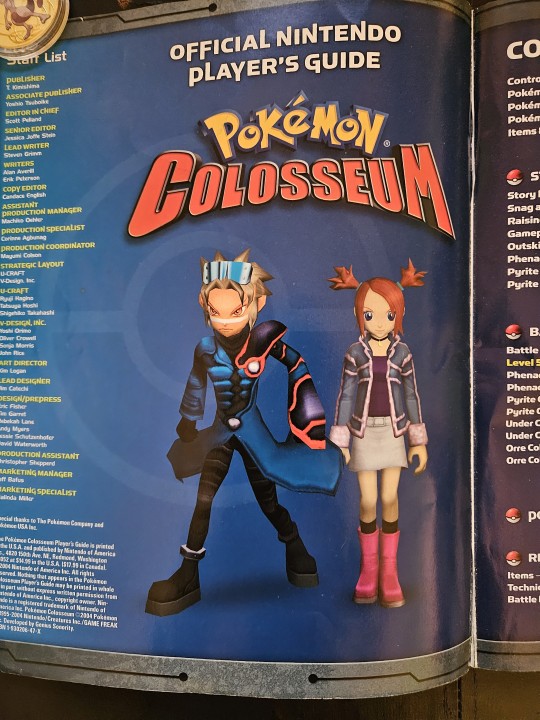
Official Nintendo players guide pokemon colosseum.
35 notes
·
View notes
Note
Hi! I was the person awhile ago who asked if you read the new guide to wof, i gave you some time since i don't wanna spoil anything (Spoilers to any ome who hasn't read the book yet) you said what charters would you like to seen drawn and i wanted to suggest the dragons who were apart of the mudwing succession crisis. I loved every mudwing who was a part of it with everyone they mentioned having their own personality (: Sawgrass was so fun, Opossum was a anxious lad, now Copperhead didn't have a big role i still loved the gay representation of him falling in love with a rainwing, and there sisters. I would love to see Olive (Sawgrass's partner) in your queen dragon designs you do and buy her as a charm 😊😋 how did you like the story?
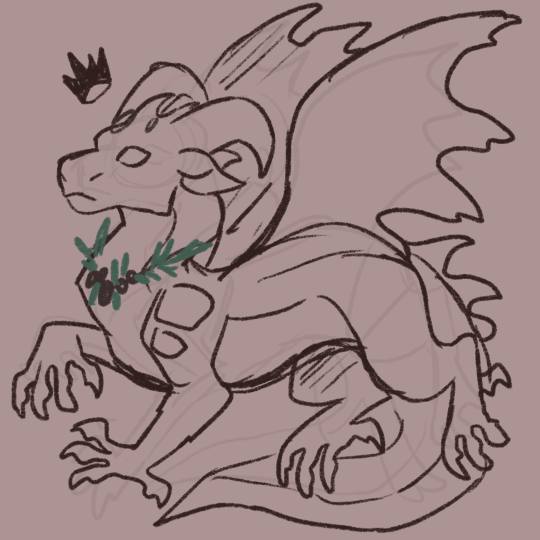
i think that story was SUCH a highlight of the guidebook. more mudwing stuff is always awesome and i really loved it! heres a sketch of Olive as Im not sure when I can finish her up :D
72 notes
·
View notes
Text

Page 31 from the official guidebook for Michibi Kareshi Mono/The Guided One.
4 notes
·
View notes
Text
I didn’t realize I was really shy or socially awkward until I was sober, over the years I had to learn by myself how to show up in this world, and I used drugs and alcohol to aid me in confidence.
12 notes
·
View notes
Text

Magical Creatures · A Guide
Fairies
Origin & Nature: European folklore, magical beings, tied to nature and the spirit world Appearance: Human-like, winged (often iridescent), pointed ears, can have different coloured skin (green) Temperament: Benevolent, mischievous, malevolent Habitats: Forests, hills, caves, human homes Powers: Magic, enchantments, influence over humans (helpful or harmful) Weaknesses: Vulnerable to iron and steel, salt, sunlight, and sometimes specific spells or charms; can be tricked or trapped by clever humans Types of Fairies: Water fairies, flower fairies, woodland fairies, household fairies, air/wind fairies, seasonal fairies
Mermaids
Origin & Nature: Global folklore (European, Latin American, Asian, African), mythical aquatic beings, deep connection to the ocean Appearance: Upper body of a woman, lower body of a fish (describes as a beautiful tail) Temperament: Alluring, mysterious, sometimes dangerous or enchanting Habitats: Oceans, seas, coastal waters, underwater kingdom. Powers: Enchantment, seduction, weather control (in some myths), connection to nature Weaknesses: Vulnerable to being captured or trapped by humans; sometimes harmed by polluted waters or loss of their aquatic environment; some legends say they must return to water or weaken Types of Mermaids: Sirens (dangerous, luring sailors), benevolent sea maidens, freshwater mermaids, shapeshifting sea spirits (varies by culture)
Demons
Origin & Nature: Found in many mythologies and belief systems (Greek, Christian, fictional), often associated with evil, chaos, or punishment Appearance: Varies widely—can be humanoid, monstrous, horned, shadowy, or grotesque Temperament: Malevolent, manipulative, destructive, sometimes cunning or power-seeking Habitats: Underworld, hell, dark realms, cursed places, sometimes the human world Powers: Possession, illusion, manipulation, dark magic, torment of souls, temptation Weaknesses: Often repelled or controlled by holy symbols, prayers, sacred rituals, or divine power; vulnerable to exorcism or consecrated places; some demons bound by magical contracts Types of Demons: Princes of Hell (embodying deadly sins), lesser demons (foot soldiers or tormentors), demon lords (ruling factions or realms), fallen angels (like Lucifer or Asmodeus), shapeshifters or tricksters (varies by culture and media)
Angels
Origin & Nature: Spiritual beings from religious traditions (Christianity, Islam, Judaism), often serving as intermediaries between the divine and humanity Appearance: Human-like, often depicted with wings and halos (symbolic), radiant or ethereal presence Temperament: Benevolent, protective, obedient to divine will, guiding and comforting Habitats: Heaven, celestial realms, occasionally Earth as messengers or guardians Powers: Delivering divine messages, protection, guidance, healing, supernatural insight Weaknesses: Generally divine and powerful, but can be limited by divine laws or commands; in some lore, vulnerable to corruption or falling from grace Types of Angels: Archangels (e.g., Michael, Gabriel—leaders and warriors), guardian angels (personal protectors), seraphim and cherubim (high-ranking celestial beings), fallen angels (those cast out of heaven).
Nymphs
Origin & Nature: Minor female deities from Greek mythology, deeply connected to nature and natural features, personifications of nature’s vitality and beauty Appearance: Beautiful young women, often depicted as graceful and alluring, symbols of youth and natural elegance Temperament: Gentle, playful, nurturing, sometimes elusive or shy, rarely malevolent Habitats: Forests, rivers, lakes, mountains, trees, seas—each nymph tied to a specific natural location Powers: Healing, prophecy, influence over natural elements (trees, water, mountains), protection of their domain Weaknesses: Tied to their natural element (water, tree, mountain) and can weaken or die if separated from it; vulnerable to human harm or pollution of their habitat Types of Nymphs: Naiads (freshwater nymphs), Dryads (tree nymphs), Hamadryads (bound to a specific tree), Oreads (mountain nymphs), Oceanids and Nereids (sea nymphs)
Werewolf
Origin & Nature: Mythical creatures found in global folklore, also known as lycanthropes—humans who transform into wolves or wolf-human hybrids Appearance: In wolf form, often large with sharp teeth, claws, fur, glowing eyes; in hybrid form, a blend of human and beast; in human form, may show subtle signs like a unibrow or hairy palms Temperament: Feral, aggressive, instinct-driven during transformation; human self may struggle with control or guilt Habitats: Forests, rural areas, hidden within human society Powers: Superhuman strength, heightened senses, speed, regeneration, shapeshifting Weaknesses: Vulnerable to silver weapons or bullets; transformation often uncontrollable during full moon; sometimes susceptible to wolfsbane or certain magical wards Types of Werewolves: Cursed werewolves (afflicted against their will), ritual werewolves (transformed through magic), born werewolves (inherited condition), full-moon triggered werewolves, conscious shifters (can control transformation)
Witches
Origin & Nature: Figures in mythology and folklore, often female, ranging from divine goddesses to human practitioners of magic Appearance: Varies widely—can be beautiful, aged crones, mysterious, or otherworldly Temperament: Powerful, wise, mysterious; can be benevolent or malevolent depending on the story Habitats: Forests, crossroads, isolated huts, magical realms, or human settlements Powers: Shapeshifting, potion-making, spell-casting, divination, communication with spirits Weaknesses: Can be vulnerable to counter-magic, holy objects, or protective wards; sometimes physically weaker or reliant on magical tools; vulnerable if caught or exposed during rituals Types of Witches: Divine witches (e.g., Hecate), mortal sorceresses (e.g., Medea, Circe), folklore witches (e.g., Baba Yaga), enchantresses (e.g., Morgan le Fay), kitchen witches (household magic, blessings, protection through herbs and charms), hedge witches (nature-based magic, solitary practitioners), sea witches (magic connected to the ocean and water), green witches (plant magic, herbalism, nature), ceremonial witches (perform elaborate rituals and invocations)
Vampires
Origin & Nature: Undead creatures in mythology that feed on the life essence, typically blood, of the living Appearance: Pale or gaunt humans, often with sharp fangs; can shapeshift into bats, wolves, or mist Temperament: Predatory, cunning, sometimes seductive or tragic Habitats: Graveyards, crypts, castles, dark or abandoned places Powers: Superhuman strength, speed, shapeshifting, hypnosis, compelling humans Weaknesses: Vulnerable to sunlight, garlic, holy symbols, mirrors (no reflection), wooden stakes through the heart, and consecrated ground; often cannot cast shadows Types: Traditional undead vampires, psychic vampires (feed on life energy), shapeshifting vampires (bat, wolf, mist forms), aristocratic vampires (noble lineage), monstrous vampires (bestial and savage), infected vampires (turned through bites or curses)
Siren
Origin & Nature: Creatures from Greek mythology, originally companions of Persephone punished by transformation; known for enchanting voices that lure sailors to their deaths Appearance: Initially bird-women with the upper body of a woman and the lower body and wings of a bird; later depictions show mermaid-like forms with fish tails Temperament: Tempting, dangerous, alluring, fatal Habitats: Rocky islands surrounded by treacherous waters Powers: Enchanting, irresistible singing that mesmerizes sailors, causing shipwrecks Weaknesses: Physically vulnerable due to isolated habitats; reliance on singing makes them weak if silenced; can be outmatched by stronger magical singers or protected sailors Types: Typically three main Sirens (Leucosia, Ligeia, Parthenope), though some myths mention more; bird-women or mermaid forms depending on era
2 notes
·
View notes
Text
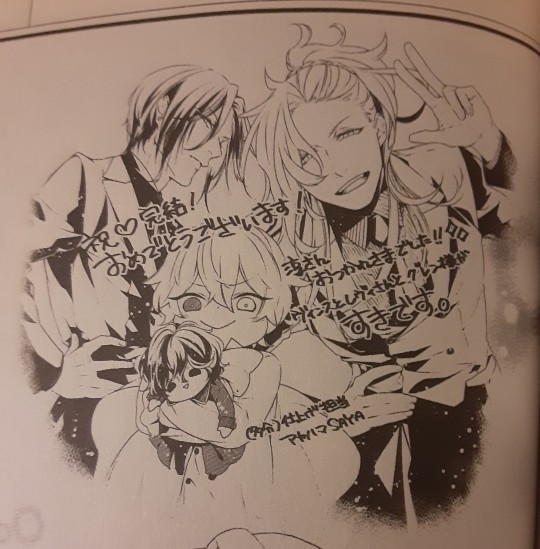
27 notes
·
View notes
Text

Snaktober day 15 guide book
6 notes
·
View notes
